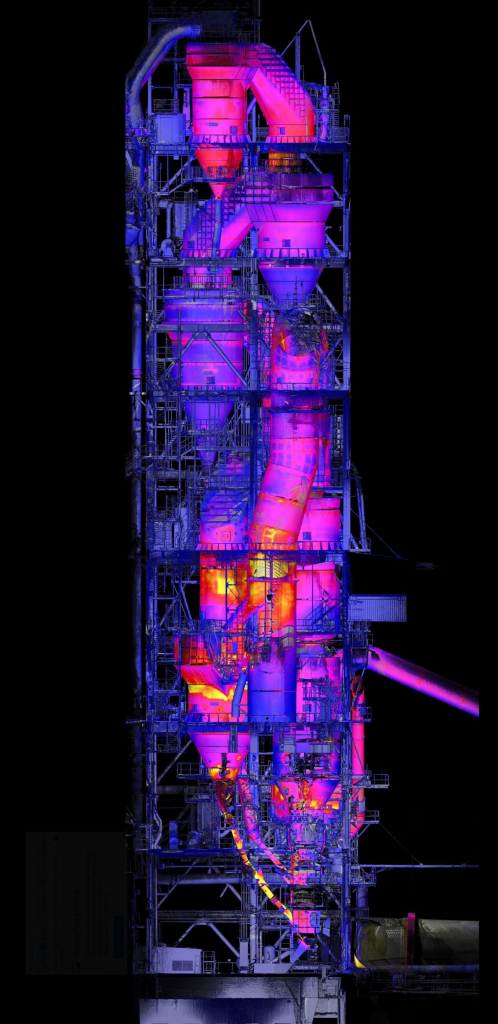
In the ever-evolving landscape of industrial technology, ensuring the integrity of materials used in critical structures is paramount. This is where the intersection of material science and non-destructive testing (NDT) comes into play. By combining deep material knowledge with advanced testing techniques, industries can ensure the safety, reliability, and longevity of their products and infrastructure without causing any damage during the inspection process.
The Foundation: Understanding Material Science
Material science is the study of the properties, behaviours, and performance of materials under various conditions. It delves into the physical, chemical, and mechanical characteristics of substances like metals, ceramics, polymers, and composites, which are foundational to the construction of everything from bridges to spacecraft.
A crucial aspect of material science is understanding how materials react under different environmental and operational conditions. For example, metals can undergo processes like corrosion or fatigue over time, while composites might exhibit different stress-strain behaviours depending on their composition and the conditions they’re exposed to. This knowledge is essential for predicting the lifespan of materials and preventing potential failures.
The Role of NDT in Material Science
Non-destructive testing serves as the eyes and ears of material science. It involves a suite of techniques designed to evaluate the properties of a material, component, or system without causing any harm. This is critical in industries where the safety and functionality of parts must be verified without compromising their usability.
Key NDT methods include:
- Ultrasonic Testing (UT): Utilizes high-frequency sound waves to detect internal flaws.
- Radiographic Testing (RT): Employs X-rays or gamma rays to visualize the interior of a component.
- Magnetic Particle Testing (MT): Detects surface and slightly subsurface discontinuities in ferromagnetic materials.
- Eddy Current Testing (ET): Uses electromagnetic induction to detect flaws in conductive materials.
These methods, among others, are indispensable tools for ensuring that materials meet the necessary standards and are free from defects that could lead to failures.
Integrating Material Science with NDT: A Synergistic Approach
The integration of material science with NDT methods allows for a more comprehensive approach to quality assurance. Material science provides the theoretical understanding of why and how materials behave in certain ways, while NDT provides the practical tools to observe these behaviours in real-world applications.
For instance, understanding the microstructure of a material, such as grain boundaries in metals or fibre orientations in composites, allows NDT professionals to tailor their testing methods to detect specific types of flaws. This is particularly important in sectors like aerospace, where even the smallest defect can have catastrophic consequences.
Moreover, the knowledge of material properties enhances the ability to interpret NDT results accurately. For example, in ultrasonic testing, the understanding of how sound waves propagate through different materials helps in distinguishing between harmless inclusions and critical defects. This synergy between material science and NDT not only improves the accuracy of inspections but also extends the lifespan of critical components by enabling early detection and remediation of potential issues.
Evolving Standards and Certification in NDT
As materials and technologies advance, so too must the standards and certifications that govern NDT practices. The ISO 9712:2021 standard outlines the qualifications required for NDT personnel, emphasizing the importance of both theoretical knowledge and practical experience. This standard ensures that those performing NDT have a deep understanding of the materials they are inspecting, as well as the methods they are using.
Training programs aligned with this standard often incorporate comprehensive modules on material science, ensuring that NDT professionals are equipped with the necessary knowledge to perform their duties effectively. This includes understanding the specifics of various NDT methods, interpreting results, and making informed decisions about the integrity of materials.
The Importance of Continued Education and Training
With the rapid development of new materials and technologies, continued education in material science and NDT is crucial. Professionals in the field must stay updated on the latest advancements, such as the introduction of novel composite materials in the aerospace industry or new manufacturing processes like additive manufacturing (3D printing).
Ongoing training programs that emphasize both NDT techniques and material science principles ensure that professionals are well-prepared to tackle the challenges of modern industrial applications. These programs often involve practical, hands-on experience, allowing NDT technicians to apply their knowledge in real-world scenarios and gain confidence in their abilities.
Conclusion: A Future Built on Strong Foundations
The marriage of material science and non-destructive testing represents the pinnacle of industrial safety and quality assurance. By understanding the intricate details of material behaviour and employing sophisticated NDT techniques, industries can build safer, more reliable structures and components. As we move towards a future filled with advanced materials and cutting-edge technologies, the importance of this synergy will only grow, making it an essential area of focus for anyone involved in the engineering and manufacturing sectors.
Whether it’s ensuring the safety of an aircraft or the durability of a bridge, the principles of material science, combined with the precision of NDT, will continue to be the foundation upon which our most critical infrastructure is built.
If you would like to book in for Material Science in NDT, give Emily a call on: 1300 199 086 or email: info@kuzer.com